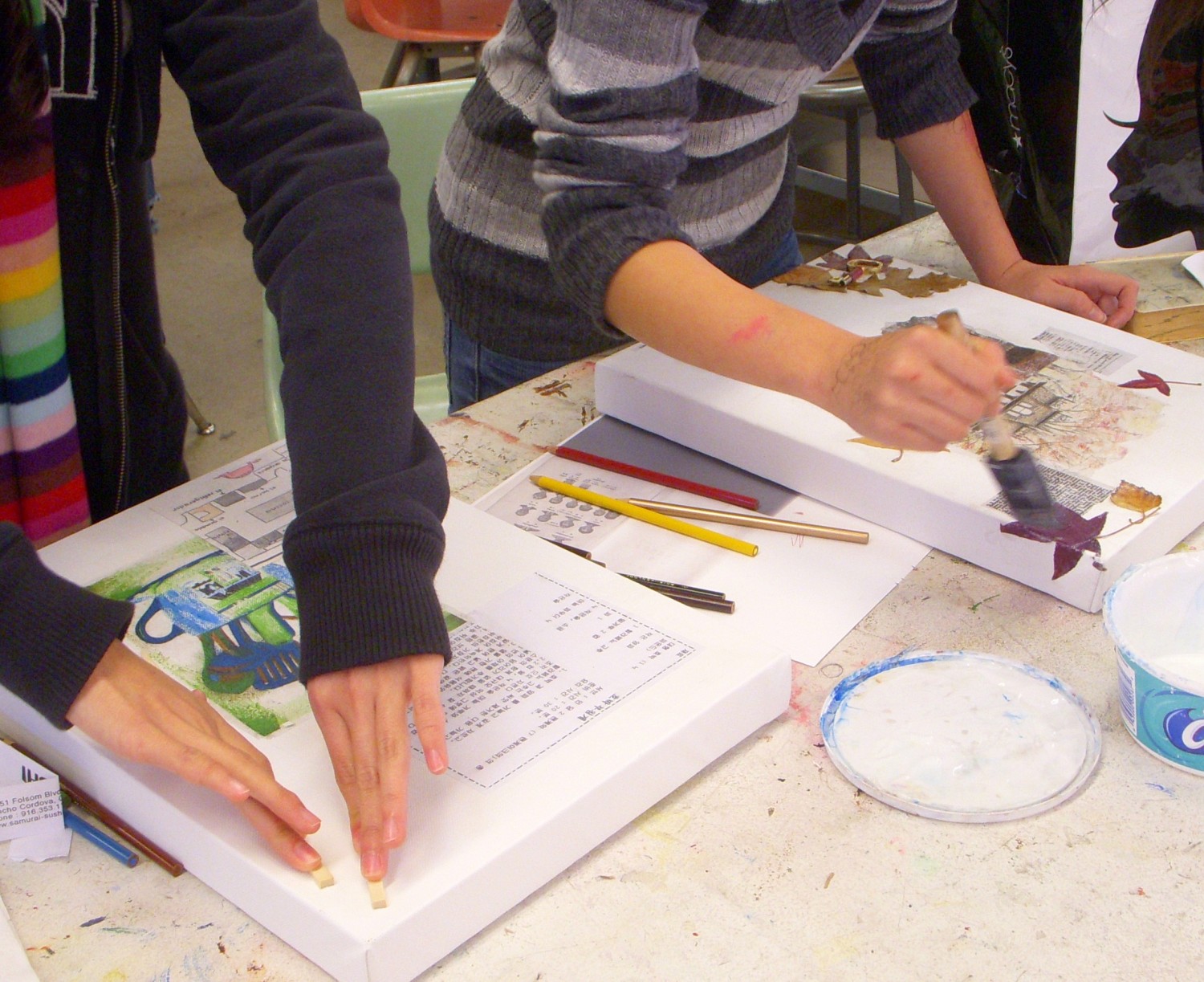Every so often, someone approaches me about their child who is an amazing artist and asks me if I take students or know of classes or just what they should do. I used to take on individual students, but with my college classes and production schedule, that’s not feasible any longer and sometimes I can point to a friend I know who’s taking students but sometimes I can find myself at a loss, so I started thinking about what I would do with my own child in this case…
The first thing I would do is ask my child what kind of artwork interests them most, what is it that they like to draw or paint or sculpt. So often we as parents want to shape and mold our children, but I think it’s especially important to let them determine their own creative path, whether we understand it or not. Ask them what it is they would like to do, talk to them about some of the possibilities that I’ll be mentioning here, and let them determine what appeals to them most. Of course, as parents, we need to be there to guide and protect, as appropriate. But it’s important not to force them in a direction they don’t want to go in. And I think that having them try things once before they make a decision can be a good thing, too…

I would take an artistic child to local museums or galleries to see if they can find things that appeal to them, whether it’s what they want to pursue or not. Being able to see and absorb quality work is important for artists and creatives of all ages. Even being exposed to something I have no interest in doing myself can stimulate so much in my mind and be inspirational. I think with the lack of art appreciation being taught in our schools that this is especially important. Take the time to not just look at the artwork, but see if you can find out how it was created and what inspired the artist and talk about that with your child. Discovering more about the work in context can be a spring board for your child’s own creativity and can possibly help you understand your young artist a little better.
Local museums also often have programs for children and young adults who are interested in creating art. I know that the Crocker Art Museum in Sacramento has family oriented events on a regular basis that encourage artistic exploration and that they host quality art education during the summer and other school holidays. Parks districts, after-school programs, and churches sometimes host art education programs and all of these are great ways for children to get hands-on experience. Finally, sometimes you can find community art organizations or local artists that teach children’s art classes. Here in Sacramento, I can personally recommend my friend Margaret Sarantis and the business she has built called Sacramento Art Classes. Margaret is a wonderful person and a talented artist and I would completely trust her with my own children.
I would also make sure my artistic child has appropriate art supplies. Maybe that’s a starter kit from a local craft store, in whatever my child has expressed interest in. Maybe an art instructor can give you some guidance. Shopping together (with a pre-determined budget) is a great way to let a child or teen know that you take their interest seriously and that you support that interest. It can be a learning, bonding experience for you both. If neither of you really know what you want to get, find a sales associate at the store and ask for guidance. I usually suggest not getting whatever is cheapest, but rather aim for products in the mid-range price for children. A lot of art and craft supply stores have supplies made for children that are decent quality, but won’t break Mom and Dad’s budget. I’d spend more for a serious teenager, but still not go for top quality art supplies for anyone still exploring, as that can get very pricey very quickly.
Finally, I would give my artistic child or teenager permission to dream about a career in art, whatever that means for them. For the youngest children, it might be a passing dream, but for the serious teen, I would suggest doing research about the field that they are interested in, finding out how people successful in that field got to where they are, and then practically pursuing that. It’s important to remember that a lot of artists are really small business owners and not all art programs include the business side in their curriculum, which is a disservice to aspiring artists. We all need to be realistic about the practical side of life and a creative child who faces a tough battle in the art world can scare us as parents, I get that. But I’ve talked to so many adults in their forties, fifties and beyond who were talked out of their passion, or who gave it up when they were young, and they are sorry they didn’t pursue it when they were younger. It’s never too late to pursue a creative passion, but there is no reason it can’t be part of a young person’s life, whatever that means for them.